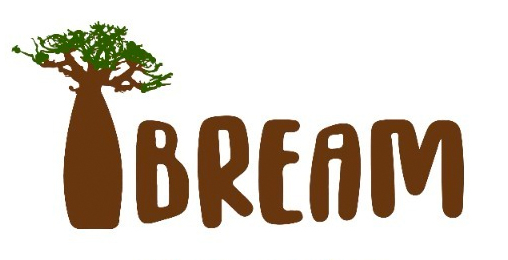Looking back on an unforgettable adventure with our conservation detection dog Boyd, pygmy hippos, and the beautiful rainforest: Taï National Park.
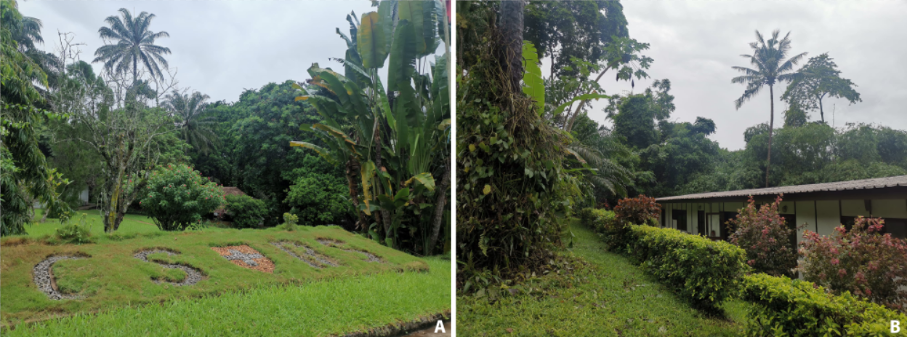
Last summer (2023) I was in the rainforest with our tracker dog, Boyd, and dog trainer Wesley, searching for the pygmy hippopotamus. I became part of the IBREAM team to do research for my masters project and now look back at a period realizing how incredibly special this research in Ivory Coast is. Our adventure […]
Pygmy Hippo Update – Lisa Rijkers
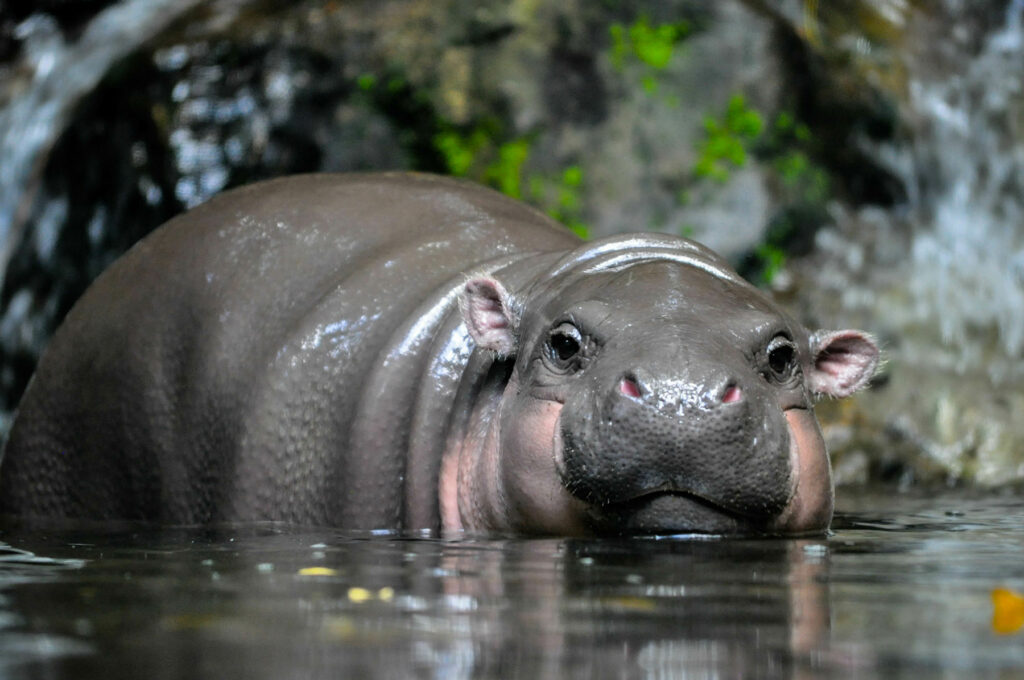
Hi everyone, my name is Lisa Rijkers, a Master Animal Science student at Wageningen University & Research with a specialisation in Wildlife Ecology & Conservation. I am currently working on my master’s thesis in collaboration with IBREAM! I have gotten the unique opportunity to be involved with IBREAM’s pygmy hippopotamus (Choeropsis liberiensis), or pygmy hippo hereafter, project.
Pygmy hippo pooh – will the smell give us the answers?
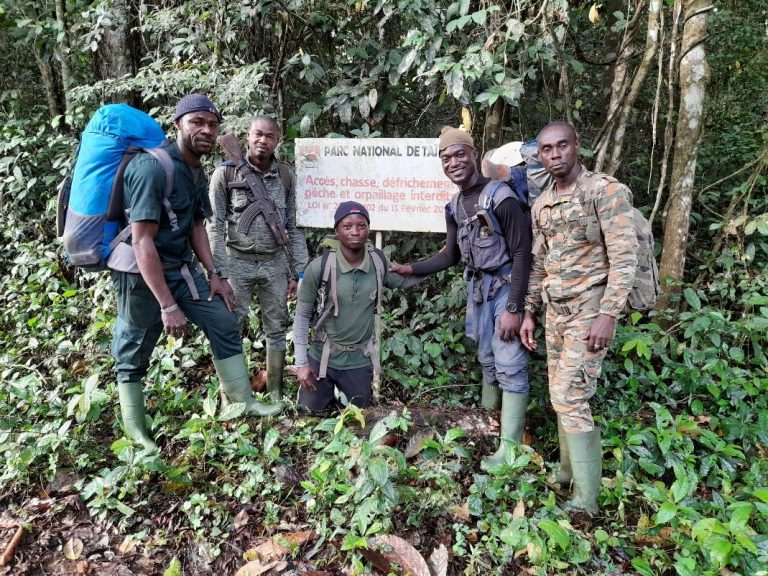
The preparation of the field data collection mission started with the purchase of field equipment, the refilling of nitrogen cylinders and the rental of a private vehicle by Herman, who is the coordinator of this unique mission to collect pygmy hippo pooh samples in different regions of Tai Forest National Park. We hope that this will ultimately learn us more about the presence and distribution of male and female pygmy hippopotami throughout Tai Forest.
Update Conservation Dogs project

Already underway for several months and what a progress we have made! The detection dogs were initially trained with one dung sample set of a male and female pygmy hippo living at one of our supporting Zoos (Gaia Zoo). The samples were processed and put in small 2 ml tubes first so they could easily be placed in a container with small holes on top that allows the scent to escape and allow the dogs to smell what is inside.
Expedition in Tai forest to collect pygmy hippo pooh samples for gender analyis by conservation detection dogs: will the smell give us the answers?

The preparation of the field data collection mission started with the purchase of field equipment, the refilling of nitrogen cylinders and the rental of a private vehicle by Herman, who is the coordinator of this unique mission to collect pygmy hippo pooh samples in different regions of Tai Forest National Park. We hope that this will ultimately learn us more about the presence and distribution of male and female pygmy hippopotami throughout Tai Forest.
Detection Dogs Assisting Conservation Management of the Endangered Pygmy Hippo by their Smell
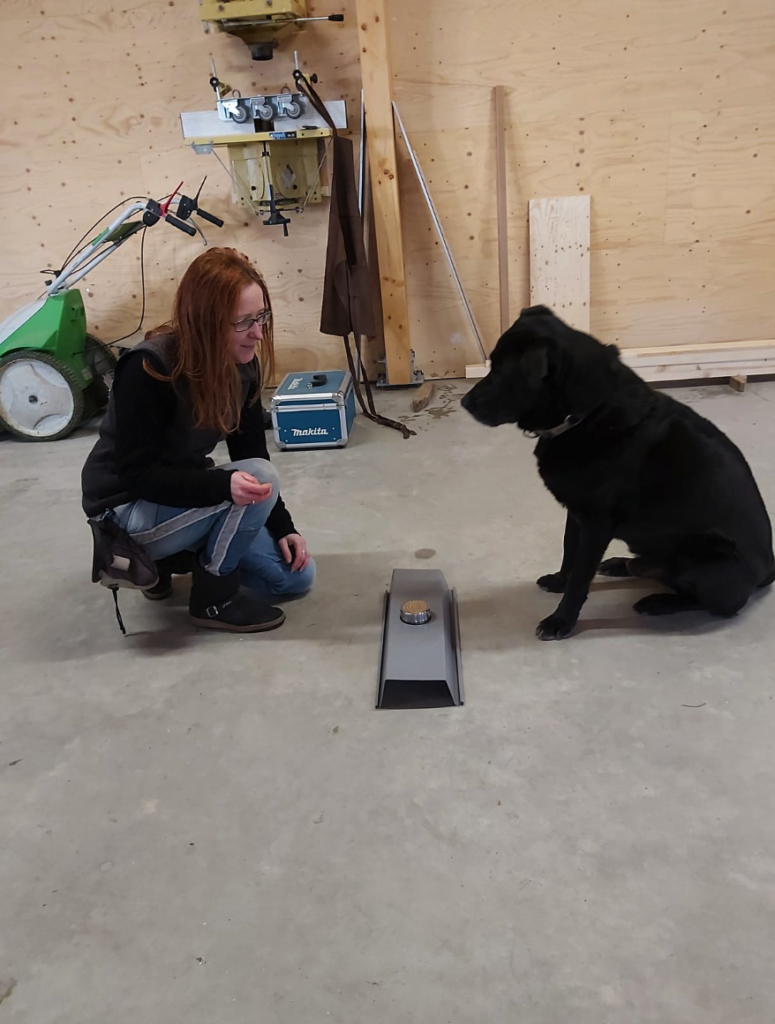
My name is Mariska Snelleman and I am delighted to join the team of IBREAM. I am very excited at the prospect of supporting IBREAM’s pygmy hippo monitoring program with the help of detection dogs. This project is a novel and unique approach in threatened species monitoring where we will use the dogs superior sense of smell to help monitor threatened species and explore alternative methods that will make diverse field monitoring possible.
Meet Estefania, IBREAM’s newest Pygmy Hippo PhD student: Estefania plans to unravel several secrets of the pygmy hippopotamus

Hello readers of the IBREAM website, I like to introduce myself. I am Estefania Erazo-Mera, another fan of Pygmy hippos in the IBREAM family. I have designed my research project from Townsville – Australia at James Cook University, where I am pursuing my PhD. So, you may wonder, why study a species so far from Australia? Well, studying this unique endangered species, that lives in a very remote and threatened habitat, is not only interesting but also challenging. This is why I decided to embark myself into this adventure; with the assistance of my advisory panel, we have designed a novel project that will provide crucial information for the overall conservation of the pygmy hippopotamus.
Pygmy Hippo Awareness Activities (2018)
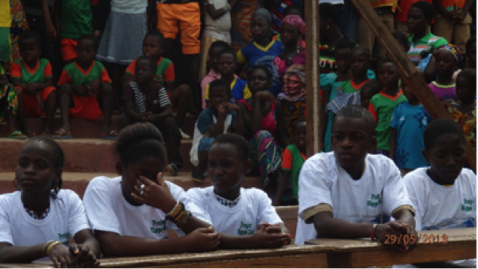
On Tuesday, May 29th, 2018, the 2018 edition of the Hippo day was organized in the village of Ponan, located at 4 km south of Taï. As usually, primary schools were at the heart of the event. Our strategy is that by creating nature awareness in the young generation, in time nature awareness will become one of the cultural elements of the local villages. Our activities focus on the Pygmy Hippo and this creates a positive attitude towards conswerving this endangered species in the rainforest. A total of 10 primary schools participated with more than 300 children.
Pygmy Hippos in Taï Forest 2017/2018: update and first impressions
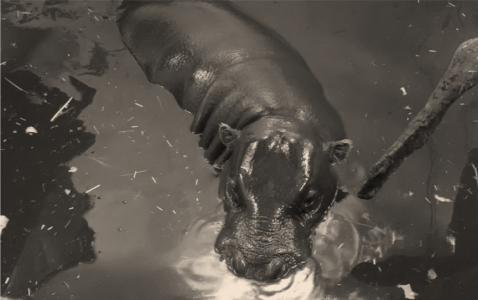
Since I started to study for my first degree in biology, I heard a lot about Taï National Park (TNP) in Ivory Coast.
Pygmy Hippo PhD 2017 Summary
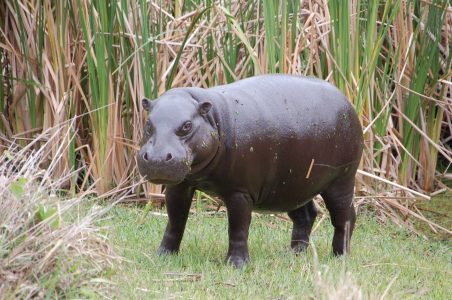
The pygmy hippopotamus is endangered in the wild and has been exhibited in zoological collections since the early 1900s; however, it remains one of the most little known and poorly understood large mammal species in the world.
